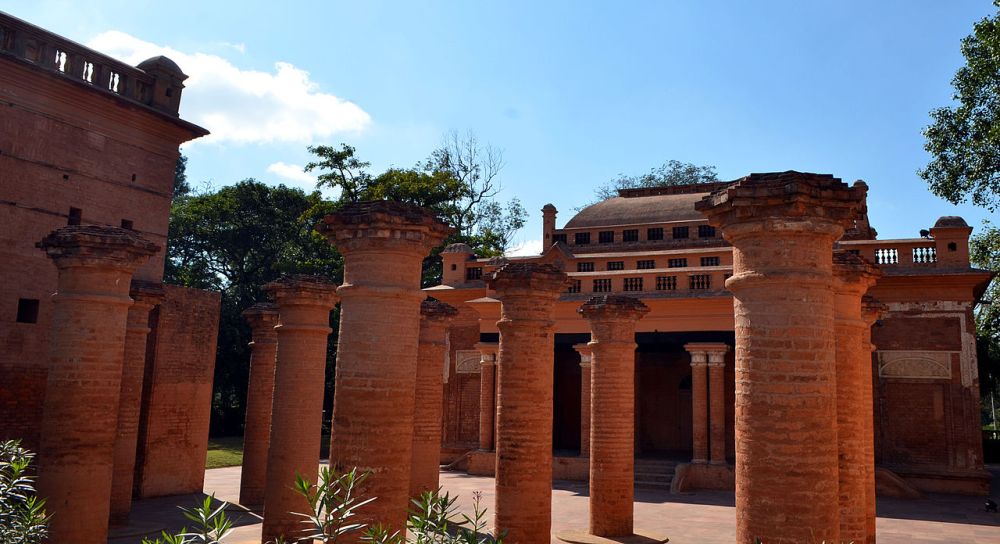

Rooted in the heart of Imphal, the capital city of Manipur, Kangla Fort is a testament to Manipur's storied past. Known to the locals as 'Kangla', which means "dry land" in the Meitei language, the site has been significant since the reign of the Pakhangba kings. Historical evidence suggests that the fort has been a prominent site since 33 AD when it served as the royal seat of power for the kings of Manipur's Kangleipak kingdom.
The fort has undergone several transformations and reconstructions under different rulers over the centuries, with its structure mirroring the changing political landscape of the region. It became a vital political and religious center, hosting several coronations and state rituals. The fort's rich history saw its climax when it fell to the British in 1891 after the Anglo-Manipur War. Since then, it has been a confluence of colonial and indigenous architecture.
The significance of Kangla Fort in terms of tourism is immense. It is not just a historical site; it is a cultural symbol for the people of Manipur. The fort's enclosures have preserved the stories of the past through monuments such as the Kangla Sha, an emblematic representation of Manipur's divine mythology.
For many decades post-Indian independence, areas of the fort served as a base for the Assam Rifles, a paramilitary force, restricting public access. It wasn't until 2004 that the fort was handed over to the state government, and then efforts to preserve it as a heritage site were intensified, making it more accessible to tourists.
Visitors are drawn to the fort's stunning locales, the remnants of the ancient palace, and religious structures such as the Shree Govindajee Temple. The complex also houses various age-old temples, ceremonial gates, and the archaeological museum, generating a robust educational tourism aspect.
In recent years, there has been a growing interest in eco-tourism and cultural tourism in Manipur, with Kangla Fort at its core. The government and various NGOs are working towards preserving the ecological balance while promoting tourism at this heritage site.
Today's tourists are more interested in exploring the off-beaten paths and engaging with local cultures, which brings them to Kangla. The site has increasingly become a hub for cultural festivals, display of traditional dances, and indigenous handicrafts exhibitions. This helps in sustaining the wealth of traditions for future generations.
With the rise of digital technology, virtual tours and augmented reality experiences of Kangla Fort have started to make a mark. These technological interventions provide a novel way for those unable to travel physically to the site to experience its grandeur and learn about its historical significance.
Whether you are a history buff, a culture enthusiast, or just someone in love with nature and ancient architecture, Kangla Fort promises an enriching experience. The government has taken several steps to facilitate the tourists, such as improving infrastructure, providing guides, and maintaining a clean and welcoming environment. When planning your visit to Imphal, ensure that a trip to the majestic Kangla Fort is on your itinerary.